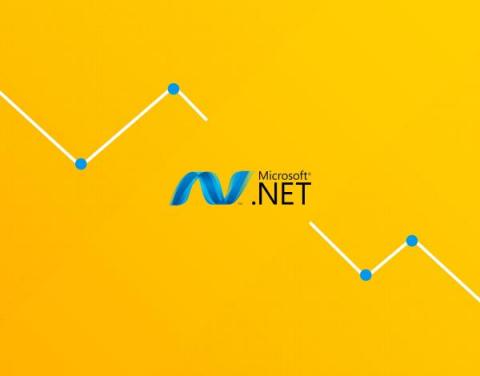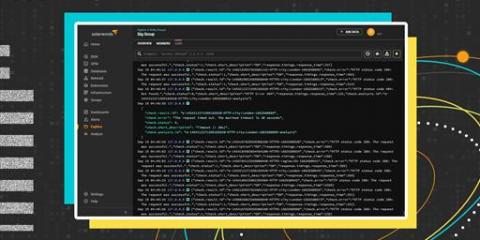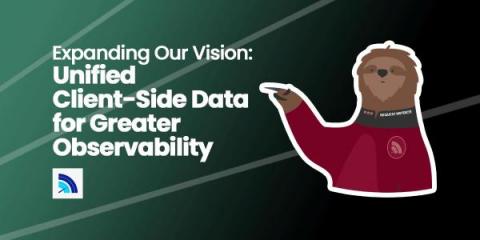Developing a culture of observability
In the race to attract and retain customers, businesses must deliver great customer experiences, release reliable products fast, and scrutinize costs to achieve consistent growth. That can either be a well-oiled machine or a tangle of disjointed communications and workflows that frustrate customers, employees, and management alike. By developing a culture of observability, you can have a framework that harmonizes the experience for everyone.











